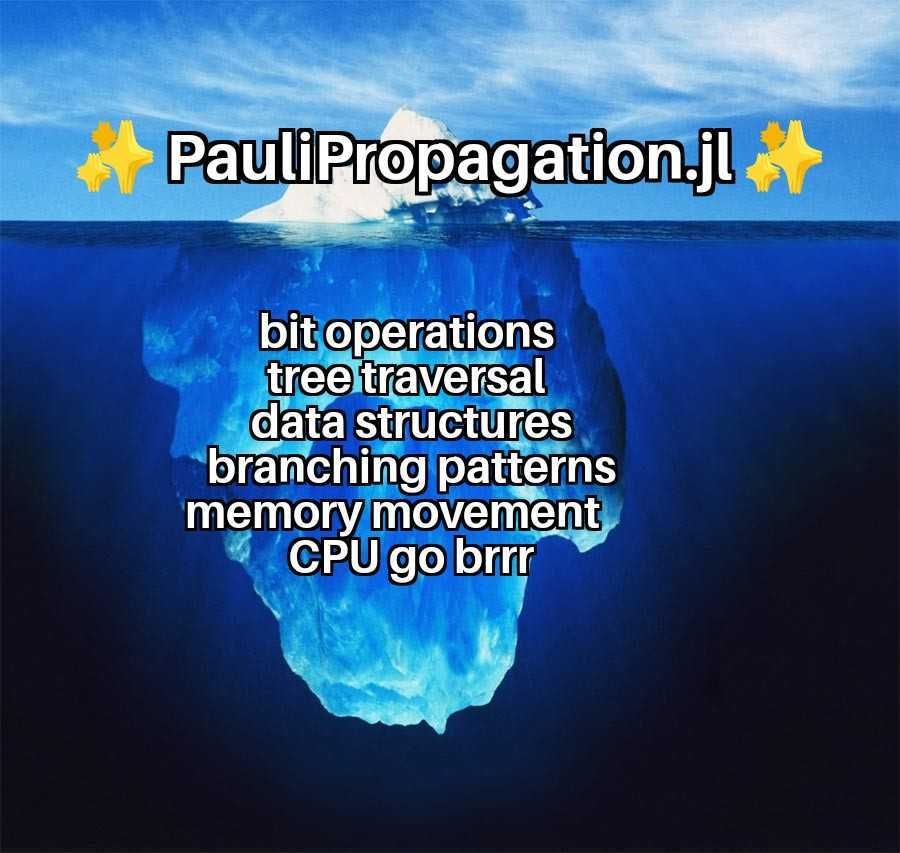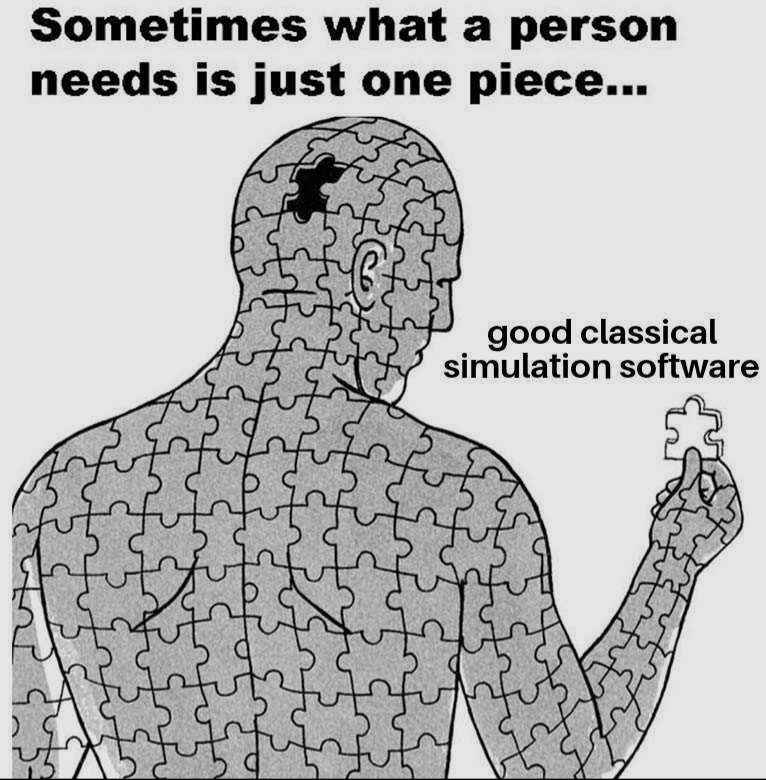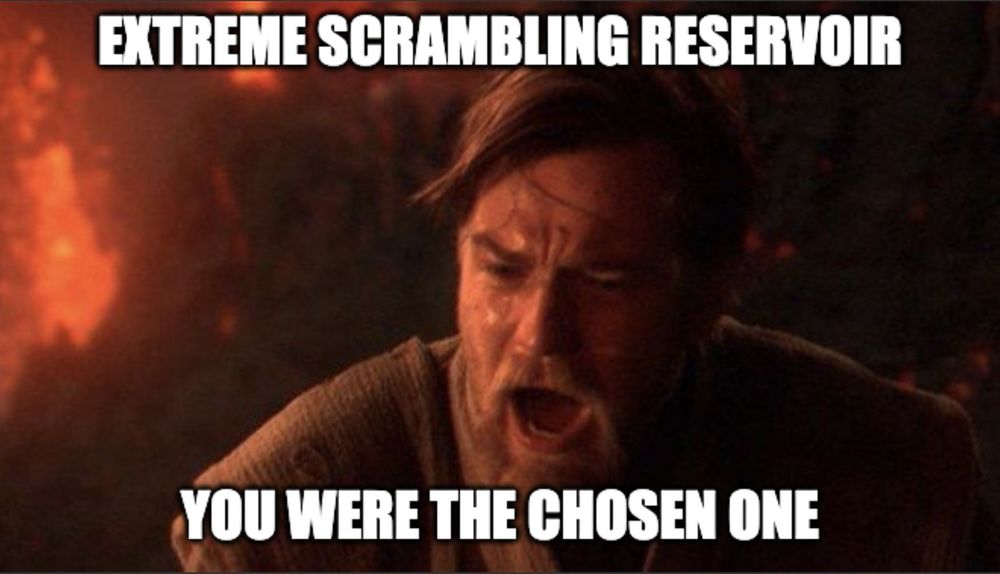He/him
🧵⬇️Thread below

🧵⬇️Thread below



PauliPropagation.jl is your go-to library for simulating quantum circuits via Pauli propagation. Our paper provides a thorough overview of this new classical simulation method.
Paper: scirate.com/arxiv/2505.21606
Library: github.com/MSRudolph/PauliPropagation.jl

If you are registered, earn real money by closing GitHub issues in our new library PauliPropagation.jl (github.com/MSRudolph/PauliPropagation.jl).
We were supposed to have a nice and "compact" paper out today, but the arXiv gods were not with us.

If you are registered, earn real money by closing GitHub issues in our new library PauliPropagation.jl (github.com/MSRudolph/PauliPropagation.jl).
We were supposed to have a nice and "compact" paper out today, but the arXiv gods were not with us.
Doomed by their own chaotic dynamics, QRP may not scale in the extreme scrambling limit.
Check out our new Star Wa… I mean paper on arxiv: scirate.com/arxiv/2505.1...

Doomed by their own chaotic dynamics, QRP may not scale in the extreme scrambling limit.
Check out our new Star Wa… I mean paper on arxiv: scirate.com/arxiv/2505.1...

arxiv.org/abs/2501.13101

arxiv.org/abs/2501.13101
arxiv.org/abs/2501.13101
arxiv.org/abs/2501.13050
🧵👇
arxiv.org/abs/2501.13101
arxiv.org/abs/2501.13050
🧵👇
We propose a framework for the quantum-enhanced classical simulation of small expectation landscape "patches".
In short: You can do more classically than you might have thought.
scirate.com/arxiv/2411.1...
#quantum

We propose a framework for the quantum-enhanced classical simulation of small expectation landscape "patches".
In short: You can do more classically than you might have thought.
scirate.com/arxiv/2411.1...
#quantum

